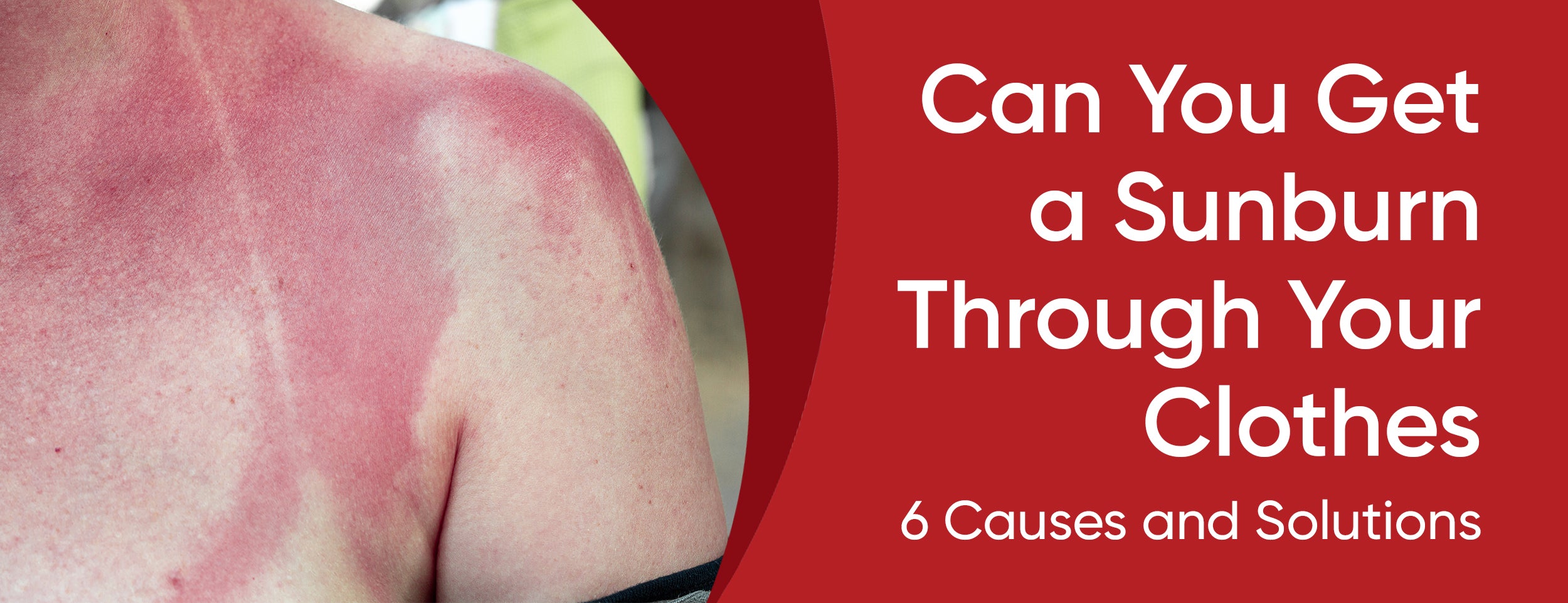It is important to note that not all sunburns are equal. While some may be mild and heal swiftly, others can be severe, resulting in serious complications.
To effectively address the consequences of sun exposure, it is advisable to seek shade promptly and cool the skin using a refreshing shower, bath, or a soothing damp towel (bearing in mind the need for caution to prevent chilling in babies or young children).
To promote relief and recovery, apply aftersun cream or spray, stay hydrated with ample water to prevent dehydration, and use appropriate pain relief measures like paracetamol or ibuprofen to alleviate discomfort.
This article will delve into the methods of identifying, treating, and preventing severe sunburns, along with strategies for successful recovery.
Treatment of Bad Sunburns: Understanding the Severity

Sunburn occurs when the skin is excessively exposed to ultraviolet (UV) radiation from the sun or other sources, like tanning beds. This radiation harms the outer layers of the skin, resulting in inflammation, redness, pain, and occasionally blistering. The seriousness of sunburn differs based on various factors, including:
- The type and intensity of UV radiation.
- The duration and frequency of exposure.
- The individual's skin type and color.
- The utilization of sunscreen or any other protective measures.
According to the Mayo Clinic, sunburn can be classified into three degrees:
- First-degree sunburn: only affects the outer layer of the skin, known as the epidermis. It typically results in mild redness and tenderness that usually fade within a few days. Most sunburns fall into this category.
- Second-degree sunburn: on the other hand, affects both the epidermis and the underlying dermis. It causes more intense redness, swelling, pain, and the formation of blisters. Healing from second-degree sunburns may take weeks and require extra care and attention. These sunburns are considered to be more severe.
- Third-degree sunburn: The highest degree of sunburn affects all layers of the skin as well as the underlying tissues. This type of sunburn is characterized by severe pain, swelling, blistering, charring of the skin, and permanent scarring. Third-degree sunburns are extremely rare and should be treated with immediate medical attention, often requiring skin grafting.

Effective Treatment Options For Bad Sunburns
If you've got a severe sunburn, seeking medical guidance without delay is crucial. While at home, you can take steps to alleviate the discomfort and expedite the healing process. Consider these effective treatment alternatives for severe sunburns:
Burned Skin Cooling
To alleviate the discomfort of severe sunburn, it's crucial to cool down the affected area promptly. This technique effectively minimizes inflammation, mitigates pain, and alleviates itching. You can accomplish this by employing the following methods to cool your skin:
- Take refreshing cool showers or baths, or gently apply cold, wet washcloths to the affected area for 10 to 15 minutes. Repeat this process multiple times throughout the day.
- Soothe and hydrate the skin by applying aloe vera gel or cream. Aloe vera possesses anti-inflammatory and healing properties, offering relief from sunburn.
- Reduce inflammation and protect against infection by applying witch hazel to the affected area. Witch hazel, a natural astringent, aids in soothing skin irritation.
The Use of Over-the-counter Medications

To alleviate the discomfort caused by severe sunburn, you can turn to over-the-counter (OTC) remedies. Consider the following options:
- Painkillers like ibuprofen or acetaminophen can help reduce pain and discomfort. It's important to avoid aspirin as it may increase the risk of bleeding.
- Hydrocortisone cream or ointment can be applied to reduce inflammation and itching. It should not be used on broken or infected skin.
- Antihistamines such as diphenhydramine or loratadine can help decrease allergic reactions and itching. Just be mindful of potential side effects like drowsiness or dry mouth.
The Use of Natural Remedies and Home Remedies
Several natural and home remedies can provide relief for intense sunburns. These remedies include:
- Utilizing honey on the affected area can aid in wound healing and minimize the risk of infection. Honey possesses both antibacterial and anti-inflammatory properties that can effectively alleviate sunburn.
- Applying yogurt to the burn can help in cooling and moisturizing the skin. Yogurt contains probiotics and lactic acid, contributing to skin health and rejuvenation.
- Applying oatmeal to the burn can provide a soothing and protective effect on the skin. Oatmeal is known for its anti-inflammatory and antioxidant properties, making it an ideal remedy for sunburn discomfort.
Severe Cases: Seeking Medical Treatment
If your sunburn is severe or shows signs of infection or complications, it is crucial to seek medical treatment promptly. Look out for the following indicators that may necessitate medical attention:
- Presence of fever, chills, nausea, vomiting, or headache.
- Experiencing intense pain, swelling, blistering, or peeling.
- Observing signs of infection, including pus, red streaks, or swollen lymph nodes.
- Noticing signs of dehydration, such as dry mouth, thirst, or reduced urine output.
- Experiencing symptoms of heat exhaustion or heatstroke, such as dizziness, confusion, or fainting.
In cases where medical intervention is required, your doctor may prescribe antibiotics, antivirals, or steroids to address the sunburn. Depending on the severity, intravenous fluids, wound care, or skin grafting may also be necessary.
Dos and Don’ts For Sunburn Recovery

Healing from a severe sunburn requires time and patience. It is crucial to adhere to certain guidelines to expedite the recovery process and avoid additional harm. Here are some valuable tips to aid in sunburn recovery:
Skin and Body Hydration
Sunburn can lead to dehydration and loss of fluids, impacting your skin and overall health. It's crucial to hydrate by drinking ample water and regularly applying moisturizer to prevent dryness and peeling.
Look for products with nourishing ingredients like aloe vera, shea butter, coconut oil, or vitamin E to effectively nourish and repair your skin. Stay hydrated, protect your skin, and nurture its restoration with these essential steps.
Sunburned Skin Protection
When your skin is sunburned, it becomes more sensitive and prone to further damage. To shield and care for your sunburned skin, follow these steps:
- Dress in loose-fitting, breathable garments in light colors covering sunburned areas.
- Wear a hat, sunglasses, and sunscreen when venturing outdoors.
- Steer clear of harsh chemicals, fragrances, or exfoliants on sunburned skin.
- Resist the temptation to scratch, pick, or pop any blisters that may have formed.

Avoiding Sun Exposure
To effectively prevent sunburn, it is advisable to minimize sun exposure, particularly during the peak hours of 10 a.m. to 4 p.m. UV rays are at the most intense. It is important to steer clear of tanning beds and other artificial sources of UV radiation.
When venturing outdoors, seek refuge in shaded areas, apply sunscreen, and don appropriate protective clothing. Following these measures can safeguard your skin from harmful sun damage.
Sunburn Healing: How to Care For Your Skin
After your sunburn has healed, it's important to continue nurturing your skin and preventing future sunburns. Here are some key steps you can take:
- Regularly monitor your skin for any changes in color, shape, size, or texture of moles, freckles, or spots. These could be indicators of skin cancer.
- Schedule a yearly skin examination with a dermatologist—a medical expert specializing in skin health and disorders.
- Opt for gentle and natural skin care products that suit your skin type while avoiding those containing alcohol, sulfates, parabens, or artificial colors or fragrances.
- Maintain a well-balanced diet that includes foods rich in antioxidants, omega-3 fatty acids, and vitamins A, C, and E. These nutrients can promote skin health and protect against sun damage.
By following these guidelines, you can keep your skin healthy and safeguard it from potential harm caused by the sun.
Prevention Techniques for Future Sunburns

When it comes to sunburns, it's always better to prevent them than to cure them. Sunburns have long-term effects on your skin health and increase the risk of skin cancer. To avoid future sunburns, it's crucial to follow some preventive techniques. Here are a few tips to shield yourself from sunburns in the future:
The Proper Use of Sunscreen
Sunscreen is an extremely effective method of safeguarding your skin against the sun's damaging rays. To maximize its benefits, it is crucial to apply it correctly. Here are some guidelines to follow:
- Opt for a sunscreen with a sun protection factor (SPF) of at least 30, ensuring it provides broad-spectrum protection against UVA and UVB rays.
- Before venturing outdoors, generously and evenly apply sunscreen to all exposed areas of your skin, ideally 15 minutes in advance.
- Reapply sunscreen frequently every two hours or more if you sweat or engage in water activities.
- Use sunscreen even on cloudy or overcast days, as UV rays can penetrate the cloud cover.
Remember, properly using sunscreen is vital for effectively shielding your skin from the sun's harmful effects.
Wearing Protective Clothing and Accessories
Sunscreen alone is insufficient to safeguard your skin from the harmful effects of the sun. To ensure comprehensive protection, it is crucial to complement it with appropriate attire and accessories that effectively block or reflect UV rays. Here are some recommendations:
- Opt for long-sleeved shirts, pants, skirts, or dresses crafted from densely woven fabrics that prevent light penetration.
- Embrace the functionality of a wide-brimmed hat that provides ample coverage for your head, face, ears, and neck.
- Don a pair of stylish sunglasses equipped with lenses designed to shield your eyes from the harmful impact of UV rays.
Seeking Shade and Limiting Sun Exposure
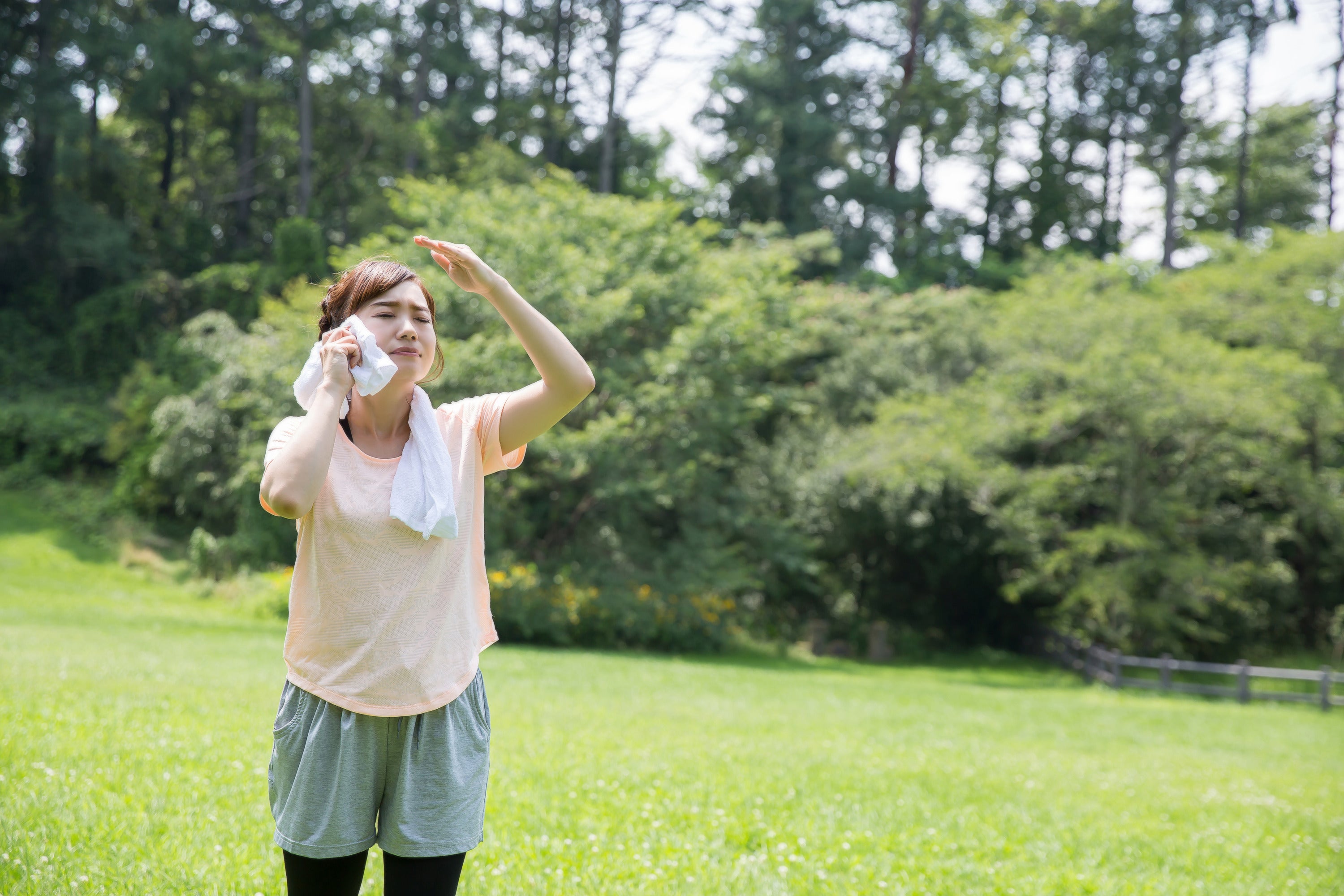
To prevent sunburn, seeking shade and minimizing sun exposure is important, especially between 10 a.m. and 4 p.m. when UV rays are most intense. Sunscreen and other artificial UV sources should be avoided. When venturing outdoors, find shade, sunscreen, and protective clothing.
Skin Health: Incorporating Superfoods into Your Diet
Your diet influences your skin's health and its ability to withstand sun damage. Consuming antioxidant-rich foods and omega-3 fatty acids is important.
These nutrients protect your skin from free radicals, inflammation, and premature aging. Consider incorporating these skin-boosting superfoods into your diet:
- Berries like blueberries, strawberries, raspberries, and blackberries are bursting with antioxidants that combat oxidative stress and protect your skin.
- Fatty fish such as salmon, tuna, mackerel, and sardines are abundant in omega-3 fatty acids, reducing inflammation and enhancing skin elasticity.
- Nuts and seeds like almonds, walnuts, sunflower seeds, and flaxseeds are packed with vitamin E, which moisturizes and repairs the skin barrier.
- Citrus fruits such as oranges, lemons, grapefruits, and limes are packed with vitamin C, stimulating collagen production and giving your skin a radiant glow.
- Carrots, sweet potatoes, spinach, and kale are excellent sources of vitamin A, promoting cell turnover and sunburn protection.

Conclusion
Bad sunburns are painful and uncomfortable and harmful to your skin health, and increase your risk of skin cancer. You should properly care for your sunburned skin by following the treatment options and recovery tips discussed in this article.
You should also prevent future sunburns by using sunscreen properly, wearing protective clothing and accessories, getting shade when possible, and incorporating superfoods into your diet to boost skin health. Remember, prevention is better than cure when it comes to sunburns. Stay safe and enjoy the sun responsibly.

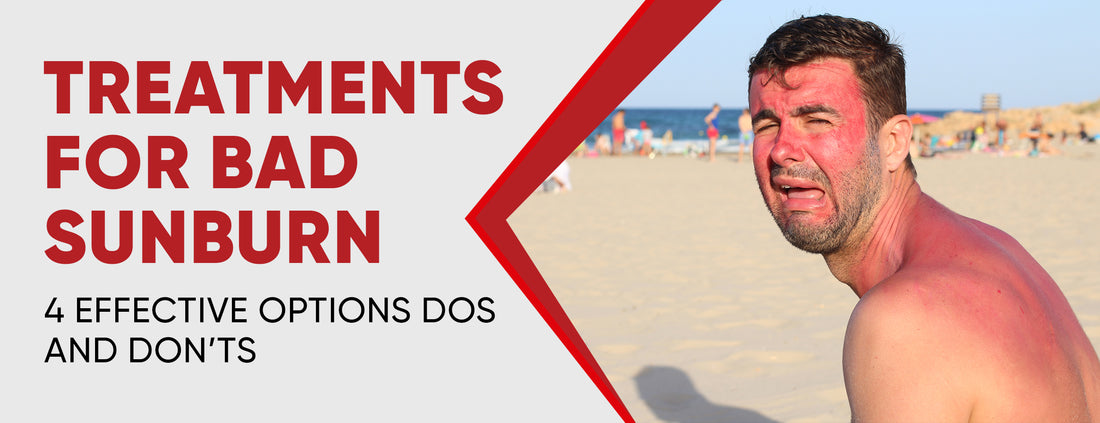


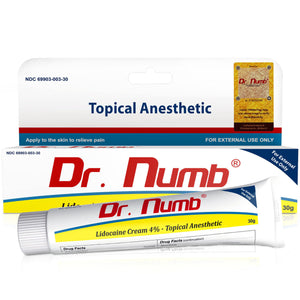
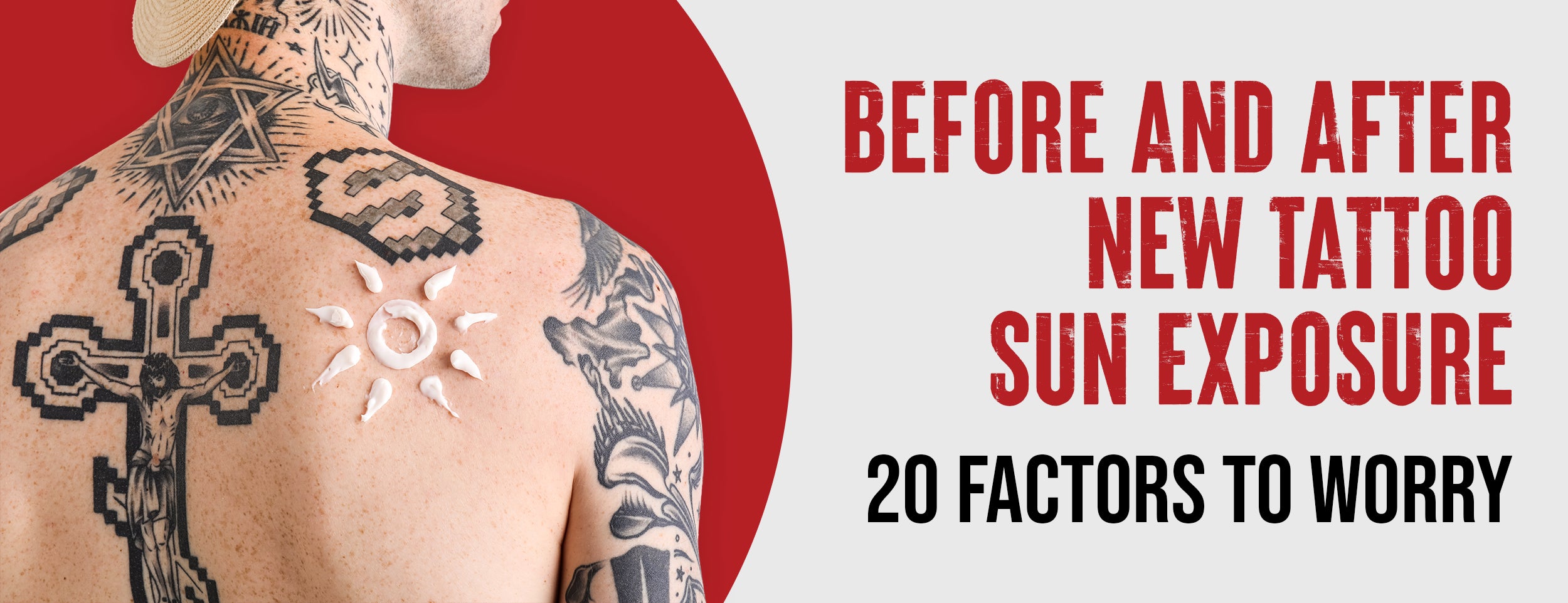
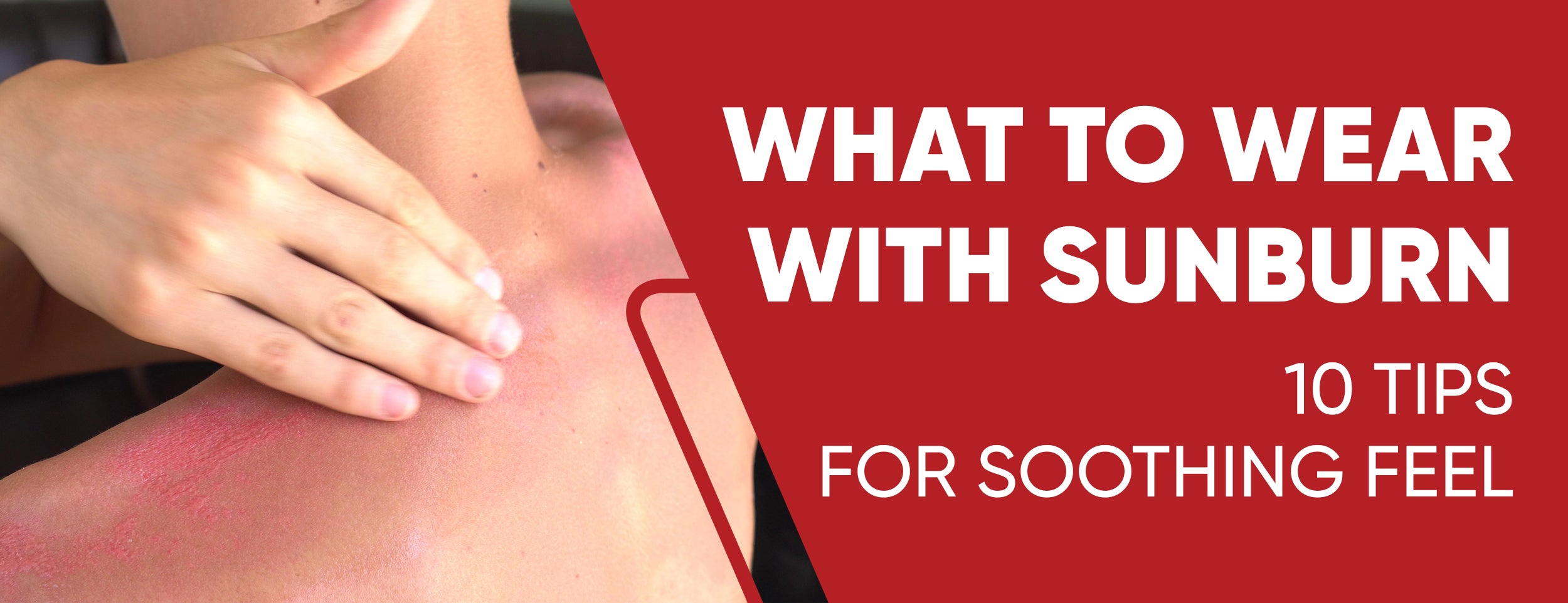
![How to Cover Sunburn With Makeup: 15 Ideas [Easy Solutions]](http://drnumb.com/cdn/shop/articles/How_to_Cover_Sunburn_With_Makeup__15_Ideas_Easy_Solutions.jpg?v=1705581434)
